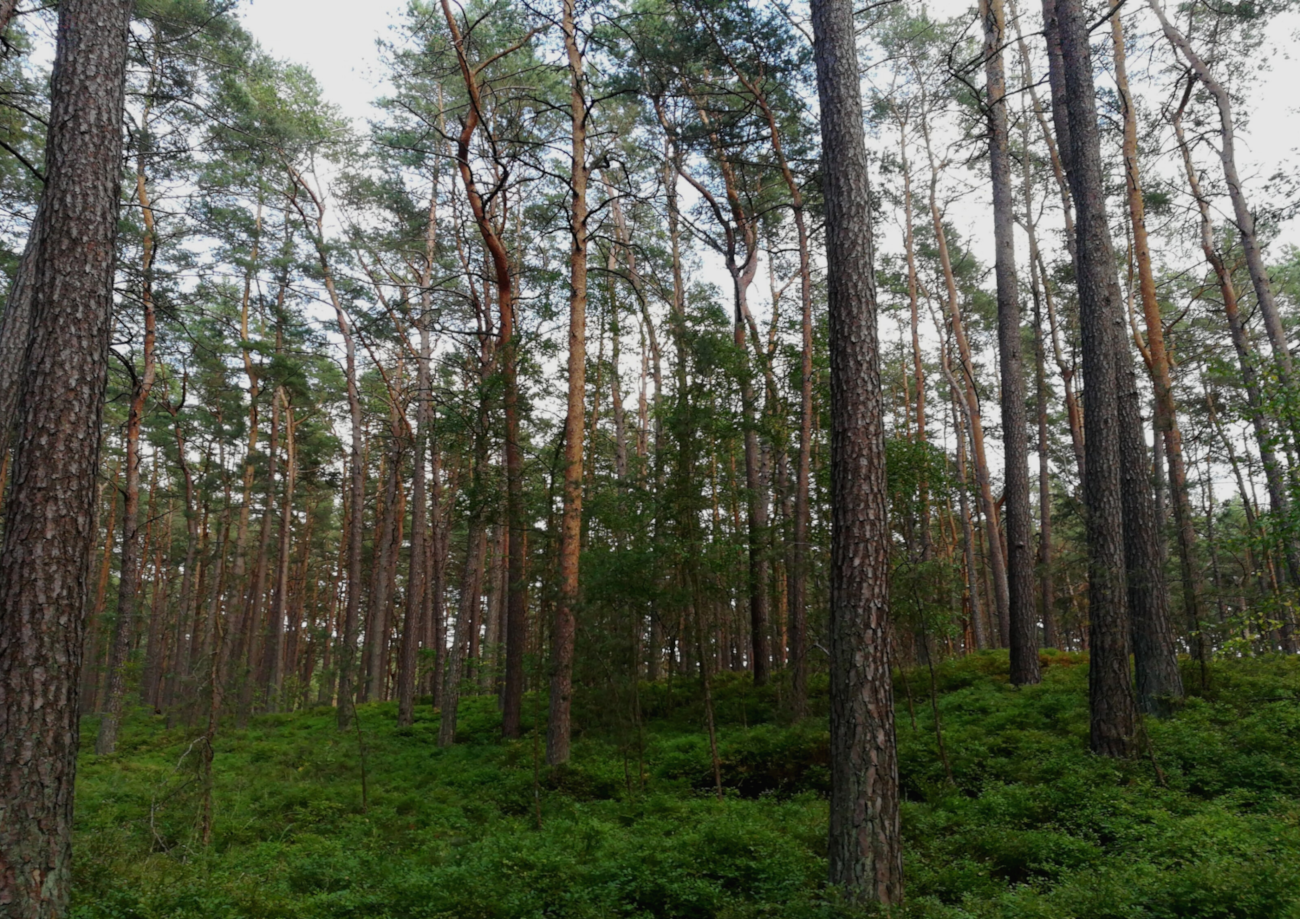Mental health issues trace back as far as the Stone Age. Throughout history these illnesses have been related to trauma, stress, genetic irregularities, brain damages, and even possessions of demons, evil spirits, or curses. While some of the mentioned causes of mental illness are more probable than others, mental health is not a trivial issue to be ignored.
Despite the extensive research conducted by scientists and the rise of awareness of mental health during recent years, there is still a stigma surrounding this problem, and people struggling with depression, anxiety, or other disorders are continuously belittled and misunderstood by society. Throughout the examination, doctors were able to determine several major factors contributing to the development of mental illness including substance abuse, family history of mental illness, chemical imbalance in the brain, trauma, and stress. Whereas genetic predisposition and biology are significant influencers in mental health, our environment is pivotal in determining a person’s mental well-being.
In the article “Facing Fear”, J.B. MacKinnon describes the importance of nature on our mental health. The author himself has suffered from anxiety and panic attacks, and claims to have found refuge in nature, and more specifically in rock climbing. He states that “[o]ver the past two decades, the evidence that nature serves us well in mind and body has accumulated to a degree that approaches natural law” (MacKinnon). MacKinnon’s views are supported by a 2015 study which found that people who took a walk in nature presented lower activity in the prefrontal cortex – part of our brain responsible for repetitive, negative thoughts (Harvard Health). As such, we can conclude that our moods and thoughts are determined by our surroundings and the outside environment affects the functioning of our brain.
The United Nations Environment Programme went as far as to promulgate that the reason for the growth of mental illnesses such as anxiety and depression is due to the climate crisis. UNEP presents a connection between air pollutants and poor mental health stressing that adolescents living in urban areas are three to four times more susceptible to suffer from depression at age eighteen if they have been exposed to air pollution at age twelve. UNEP quotes The Intergovernmental Science-Policy Platform on Biodiversity and Ecosystem Services (IPBES) report declaring that “urbanization can increase isolation from nature, which in turn prevents people from harnessing the mental health benefits of being surrounded by natural environments. It also creates risky exposure to the type of air pollution that primarily affects mental health” (UNEP).

The year 2020 has been particularly difficult for all of us. The outbreak of the pandemic provoked a rise in the numbers of mental health cases. The fear of falling ill, rapidly changing restrictions, and uncertainty about the future had a negative impact on everyone’s emotional well-being. The eerie images of empty streets in huge cities all around the world send chills down our spines every time we saw them on the news. On a positive note, the pandemic and multiple lockdowns highlighted the beauty of our surroundings and reduced the levels of carbon emissions in the cities. People started spending time outdoors, going for lengthy walks to rest from the negativity and fearmongering of the media.
Every individual is vulnerable to mental illness regardless of the function of their brain, genetic propensity, and surrounding environment. However, research has shown that contact with the natural world offers a great respite to people struggling with mental health conditions such as depression or anxiety.
As a final point, mental illness is a multidimensional problem which is still widely misconceived by the general public. People suffering from mental diseases are plagued with criticism from the society on a daily basis and the widespread condemnation of mental health issues only serves to worsen these conditions. As a society, we should offer more support and further understanding to those affected by mental illness.
Tekst oraz zdjęcia: Martyna Sitkowska



